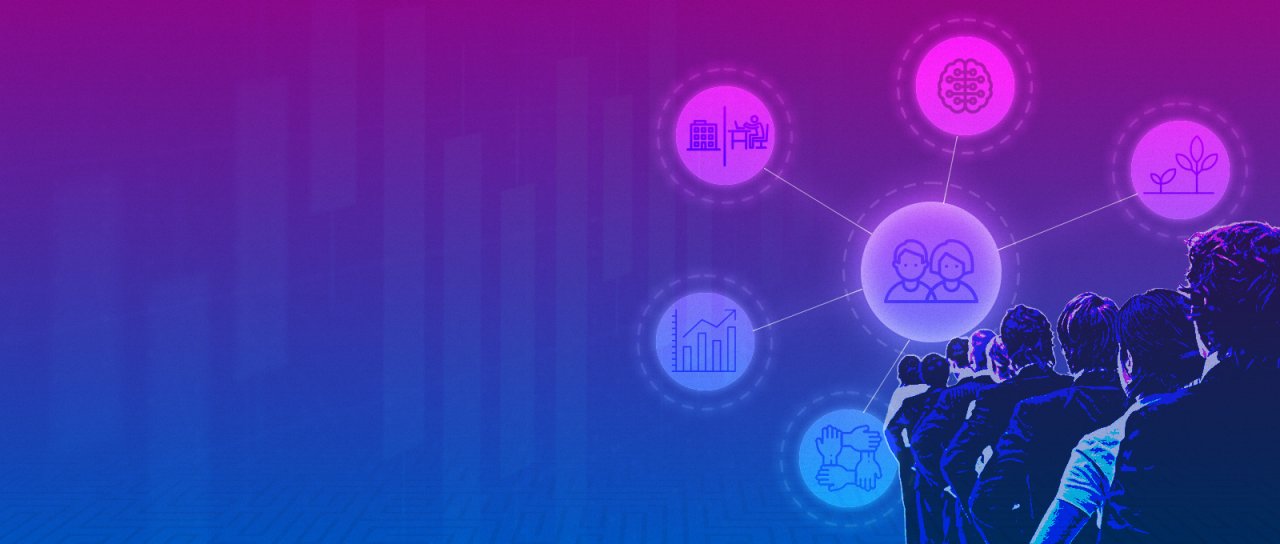HR Tech Trends That Could Change Everything in 2022
HR-related technology will upsurge business productivity and enhance employee engagement in diverse work situations.
The workplace has dramatically changed since COVID-19, with HR trends increasingly becoming the accelerator for workforce transformation. HR leaders have been on the front line of capabilities to address the various internal and external transformative trends, including innovative workforce models and looking after the physical and mental well-being of employees. In turn, interest in HR-related technologies has risen due to their potential to upsurge business productivity and enhance employee engagement in diverse work environments.
Technology leaders need to recognize shifts in industry trends to remain relevant in today’s constantly changing business environments. Here are some key HR technology trends to look for in 2022 that could potentially shape workforce dynamics moving forward.
Further transition toward hybrid and remote teams
In pre-pandemic times, remote work was employed by relatively few organizations. However, the pandemic forced the global workforce to embrace either remote working or a remote-office hybrid arrangement at an unimaginable scale.
A recent Gartner survey predicted that 48% of employees will choose to work remotely post COVID-19, versus the figure of 30% recorded before the onset of the pandemic.
The remote work model is predicted to continue this trend for the foreseeable future. Therefore, organizations must build an effective talent strategy to support employee requirements and create schedules that fit diverse needs. HR leaders should emphasize a balance of the hybrid work model, wherein employees continue to work remotely and occasionally meet for discussion, team building sessions and various collaborations.
HR technologies will increasingly support the tasks of remote screening, new-hire onboarding, and employee training. HR leaders should actively balance both hybrid and remote teams to ensure successful outcomes for both employees and employers.
AI-driven recruitment gains momentum
Recruitment processes are increasingly driven by applications that incorporate artificial intelligence (AI). AI-led solutions utilize tools such as conversational chatbots, facial expression analysis, candidate sourcing, employment assessment and onboarding protocols to help recruiters automate their sourcing process. AI-driven data insights enable end-to-end hiring solutions for Chief Human Resources Officers, staffing agencies and contract workforces. In 2022, AI tools will allow HR leaders to streamline organizational tasks, gain valuable insights on candidates and employees, and identify and hold onto the best talent in the industry.
Leveraging internal talent mobility
Businesses are gradually considering internal talent mobility to improve agility and enhance retention rates. Creating a robust internal mobility program can increase business performance and employee engagement while reducing the cost and time it takes to manage talent.
A successful internal mobility program includes new opportunities like project swaps, upskilling employees for new positions, and mentorships. As HR trends continue to evolve, internal mobility will be crucial in bridging skills gaps and preparing the current workforce to be more resilient in the face of change.
Augmented analytics in HR
A considerable number of HR professionals today are adopting augmented analytics trends to deal with HR data. HR analytics provides data-driven insights on workforce analytics and talent analytics to enhance business performance and make strategic business decisions based on these metrics.
With businesses facing waves of disruption, augmented analytics can help optimize business processes by producing easier, faster and more powerful data insights.
Technology makes work more inclusive and accessible for all
Technology provides an opportunity for organizations to facilitate a more inclusive workplace. By implementing accessible technology, HR executives and IT leaders could retain top talent, support the bottom line and improve an organization’s brand image.
Accessibility-driven tools allow businesses to focus on larger markets and help enhance the employee work experience. For instance, voice assistants for accessibility such as Cortana, Siri, Alexa, Google Assistant and Bixby allow users to dictate emails and text messages or issue commands that produce a virtual identity that users can interact with.
These hands-free features provide users with mobility challenges with an easier option to access technology. By eliminating barriers in technology, organizations could render an all-inclusive employee experience across all their products and solutions.

Technology is easy. Managing culture, people and processes is another story.
About the Authors

